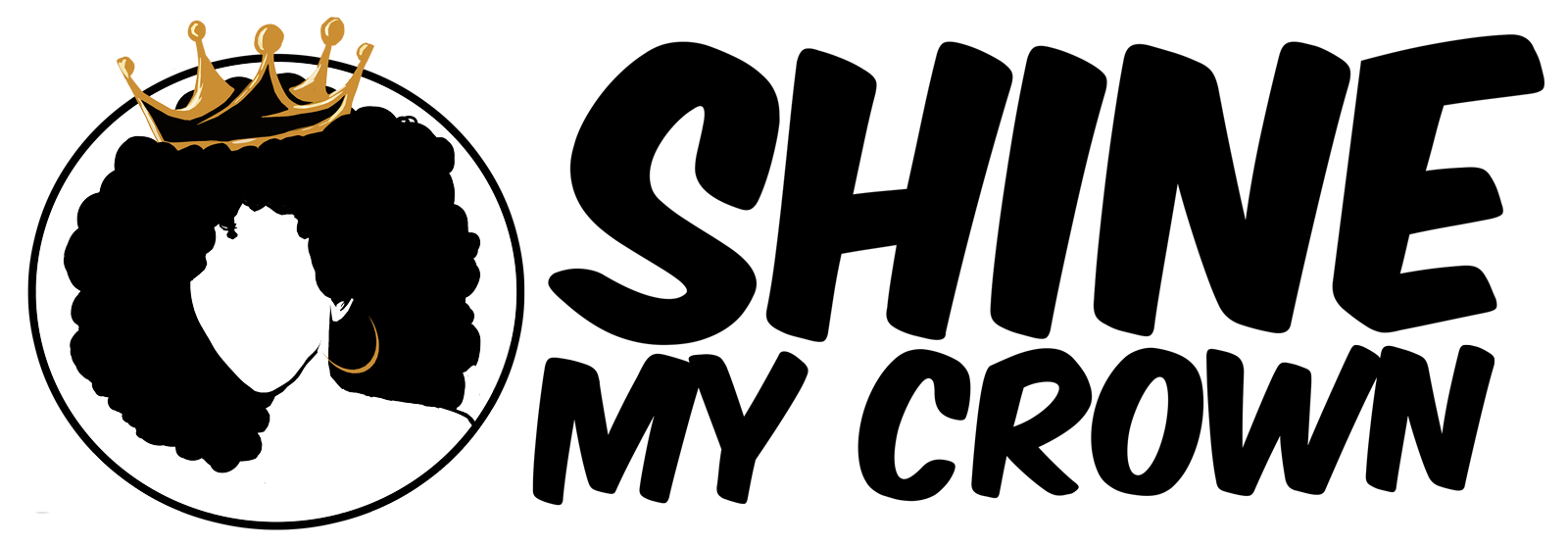Braids are a versatile and stylish protective hairstyle that has been cherished by many for centuries. They offer a break from daily styling, reduce manipulation, and help in retaining length. However, there’s a common mistake that many make – leaving braids in for an extended period. While braids can be worn for several weeks, keeping them in for too long can have adverse effects on your hair and scalp health. If you’ve found yourself in this situation, fret not; we’ve got you covered with tips on how to bring your hair back to health after leaving your braids in for an extended duration.
1. Time to Let Go
The first and most crucial step is to recognize that it’s time to remove your braids. Leaving them in for an extended period can lead to a variety of problems, including hair breakage, excessive shedding, and an unhealthy scalp. Aim to keep braids in for a maximum of 6-8 weeks to avoid these issues.
2. Gentle Unraveling
When removing your braids, be gentle to minimize hair breakage. Start by cutting the extensions at the base to release the tension. Slowly unravel each braid and avoid using excessive force to detangle any knots. Patience is key.
3. Deep Conditioning
Once your braids are out, your hair may be dry, brittle, and in need of serious moisture. Invest in a high-quality deep conditioner or hair mask and treat your locks to some much-needed hydration. Leave it on for the recommended time to ensure that your hair absorbs all the nourishing goodness.
4. Clarifying Shampoo
Over time, your scalp may accumulate dirt, product build-up, and dead skin cells. To cleanse your scalp thoroughly, use a clarifying shampoo. This will help remove any residue and create a clean canvas for your hair to thrive.
5. Gently Detangle
After your hair has been thoroughly conditioned and cleansed, it’s time to detangle. Use a wide-tooth comb or your fingers to gently work through any knots or tangles. Start from the tips and work your way up to minimize breakage.
6. Trim Away Damage
Inspect your hair for any split ends or damaged sections. It’s advisable to trim off these damaged areas to prevent further breakage. A professional haircut may be necessary to ensure an even trim.
7. Scalp Care
Your scalp may also need some extra attention. Treat it with a soothing scalp oil or serum to alleviate any dryness or itchiness. Massaging your scalp during this process can help improve circulation and promote hair growth.
After you’ve restored your hair’s health, consider giving it a break from excessive manipulation and styling. Opt for protective styles like loose braids or twists that allow your hair to recover while still looking stylish.
9. Balanced Diet and Hydration
Healthy hair starts from the inside out. Ensure you maintain a balanced diet rich in vitamins, minerals, and proteins essential for hair growth. Stay well-hydrated, as dehydration can affect the health of your hair and scalp.
10. Patience and Consistency
Hair recovery takes time, so be patient with your hair care routine. Consistency is key to seeing results. Stick to a regimen that includes regular deep conditioning, gentle detangling, and proper scalp care.
Remember, your hair’s health should always be a priority. While braids can be a fantastic protective style, they should not be left in for too long to avoid potential damage. By following these steps and giving your hair the care it deserves, you can bring your locks back to their vibrant and healthy state. Your hair will thank you for the TLC, and you’ll be ready to rock any hairstyle with confidence once again.
